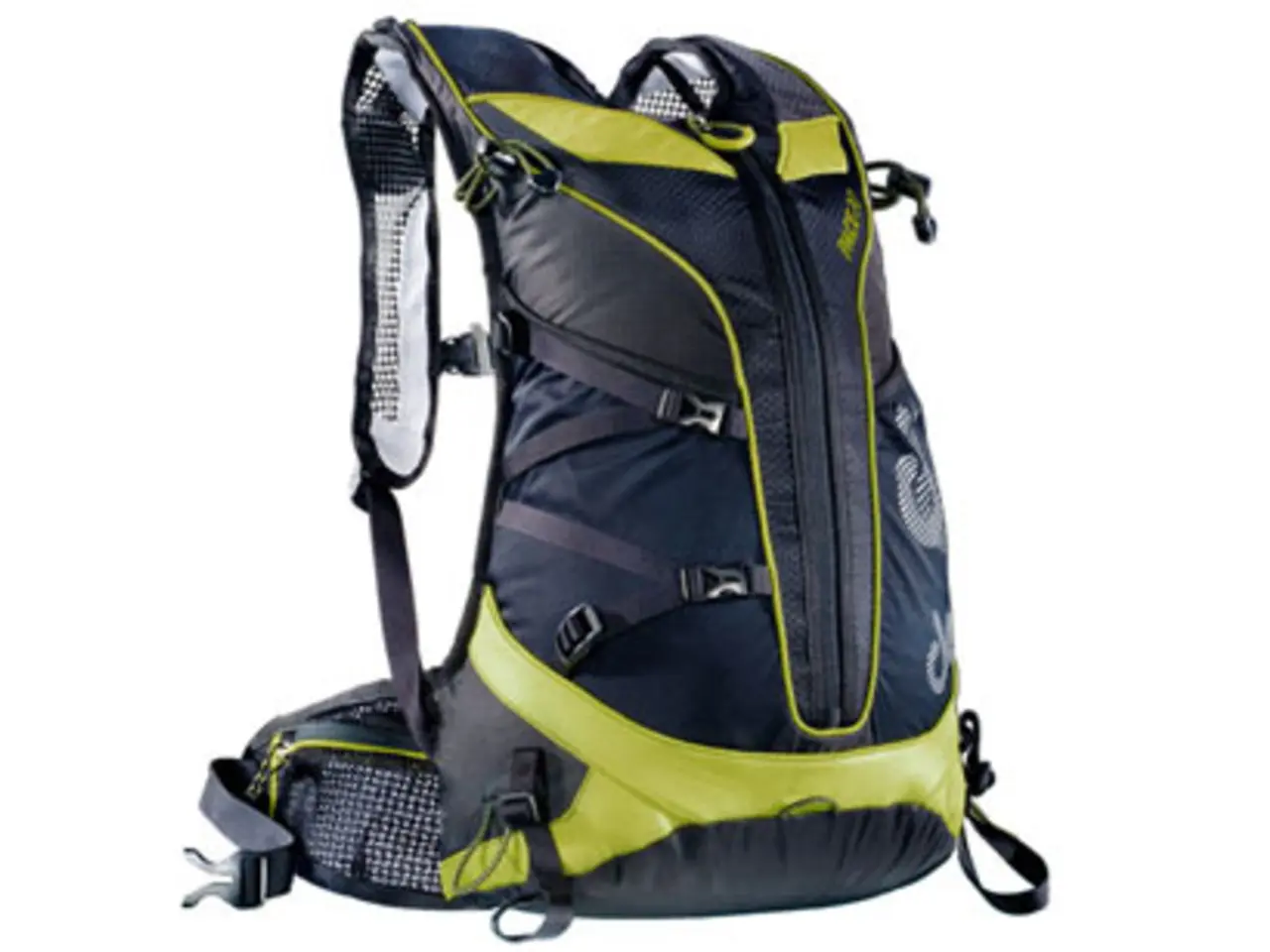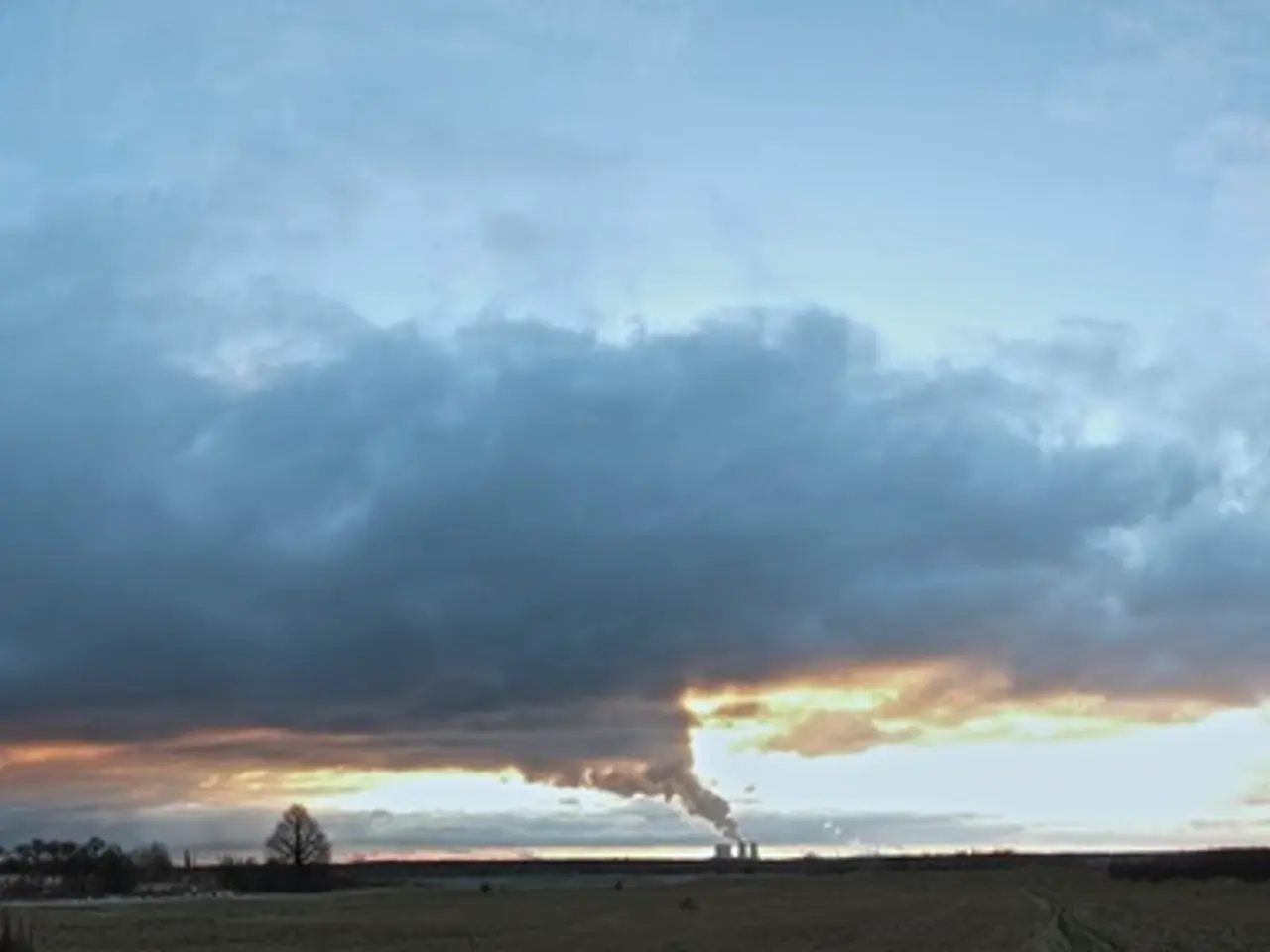Utilizing and Appropriate Donning of Personal Protective Equipment (PPE)
Protecting Workers with Personal Protective Equipment (PPE): OSHA's Guidelines
Personal Protective Equipment (PPE) plays a crucial role in safeguarding workers from various safety and health hazards. The Occupational Safety and Health Administration (OSHA) has outlined comprehensive guidelines for PPE selection, use, and maintenance to ensure a safe and healthful workplace.
The process begins with a thorough hazard assessment, where employers identify potential risks such as impact, chemical exposure, radiation, heat, harmful dust, or mechanical hazards. This assessment is documented and serves as the foundation for choosing appropriate PPE [2][3].
PPE selection is based on the specific hazards identified and the exact exposure conditions, not merely job titles. Factors considered include performance standards, fit, comfort, and the nature of exposure [1][2][3].
For PPE to be effective, it must fit each individual worker correctly. Improper fitting can reduce protection and worker compliance. Employers must provide various sizes and ensure workers understand their proper fit [2][3].
Employees must be trained on the correct use, limitations, maintenance, and disposal of PPE. Training ensures that workers know when and how to use PPE correctly and why it is important [2][4].
Employers are responsible for enforcing required PPE use in the workplace, monitoring for compliance, and addressing any non-compliance issues promptly, including retraining if necessary [2].
PPE must be kept clean, functional, and inspected regularly for damage or degradation. Items that fail performance tests must be replaced immediately to maintain safety and OSHA compliance [1][3].
Periodic reviews should be conducted to identify any new hazards or features and to ensure workers do not grow complacent while performing day-to-day tasks [2].
OSHA's guidelines and strategies for choosing and using PPE are outlined in OSHA standard 29 CFR 1910.132, which applies to the selection, use, and maintenance of PPE [1][2][3].
Types of PPE covered include protective clothing (coats, gowns, gloves, shoe covers, boots), respiratory protection (respirators, masks), and face/eye protection (goggles, face shields) depending on the hazard nature to skin, eyes, or respiratory systems [1][4].
For farmers and gardeners, a hazard assessment may be as simple as reviewing the tasks at hand and selecting the most appropriate PPE. OSHA's Occupational Safety and Health Act of 1970 outlines the responsibilities of employers regarding PPE, and OSHA's mission is to ensure a safe and healthful workplace [5].
Properly used, maintained, and faulty PPE will offer protection against hazardous conditions. PPE can protect against acute and chronic illness, and may even save lives. However, the best defense against injury is to eliminate the hazard and the need to use PPE [6].
Interested individuals can find more information about OSHA standards through print and electronic media [7].
[1] OSHA. (2021). 29 CFR 1910.132 - Personal protective equipment. Retrieved from https://www.osha.gov/laws-regs/regulations/standardnumber/1910/1910.132
[2] OSHA. (2021). Personal protective equipment (PPE). Retrieved from https://www.osha.gov/SLTC/etools/personalprotectiveequipment/
[3] OSHA. (2021). Hazard assessment and PPE selection. Retrieved from https://www.osha.gov/SLTC/etools/personalprotectiveequipment/hazard_assessment.html
[4] OSHA. (2021). Types of PPE. Retrieved from https://www.osha.gov/SLTC/etools/personalprotectiveequipment/types.html
[5] OSHA. (2021). Agriculture. Retrieved from https://www.osha.gov/SLTC/agriculture/
[6] OSHA. (2021). Hierarchy of controls. Retrieved from https://www.osha.gov/SLTC/etools/hierarchy_of_controls/
[7] OSHA. (2021). Standards and regulations. Retrieved from https://www.osha.gov/laws-regs/standards/index.html
- By integrating elements from science and health-and-wellness, employers can make informed decisions about the selection and use of Personal Protective Equipment (PPE) to ensure a safe and healthful workplace, as outlined in OSHA's guidelines.
- Understanding the scientific aspects of various hazards, such as impact, chemical exposure, radiation, and harmful dust, aids in conducting a thorough hazard assessment, which forms the basis for choosing appropriate PPE for workers.




